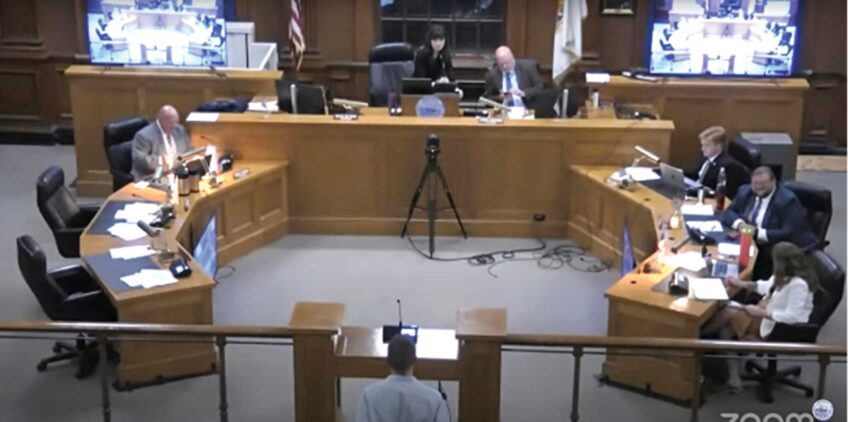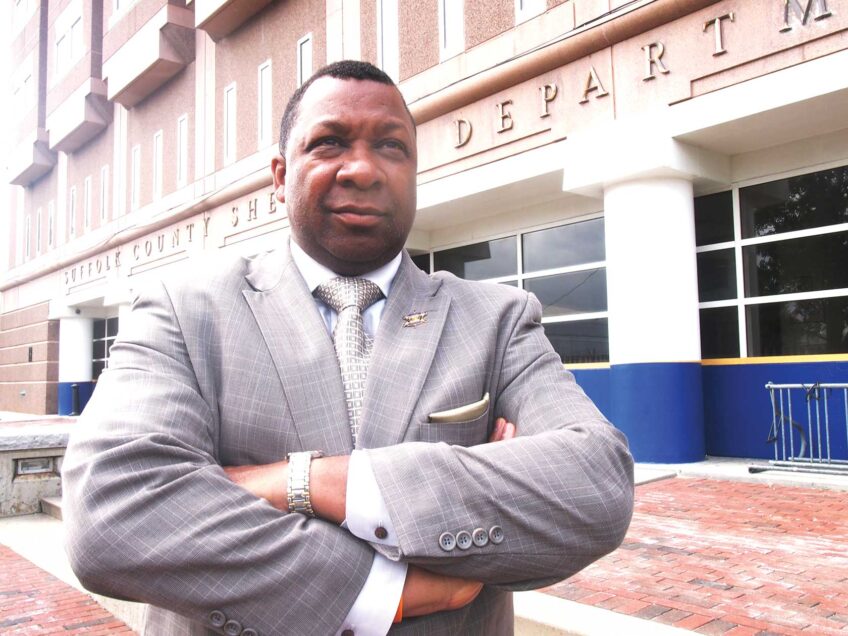
When word got out that Oscar-winning entertainer Jamie Foxx was hospitalized for a “mystery illness” in April 2023, it made national headlines and set rumor mills ablaze. Word on social media was that Foxx had gone blind, or was paralyzed, or suffered some other terrible affliction that threatened to end his brilliant career.
In reality, Foxx had suffered, in his words, “a brain bleed that led to a stroke” — a serious, potentially deadly illness that’s far too common in the Black community.
As he tells it in his Netflix special, “Jamie Foxx: What Had Happened Was…” released last month, what began with a bad headache while working on a film in Atlanta ended in emergency brain surgery. Foxx says he regained consciousness in a wheelchair 20 days later, with no memory of what happened. His recovery, while complete, was long, grueling and far from guaranteed.
“I cannot even begin to tell you how far it took me and how it brought me back,” Foxx said in an emotional social media video message to his fans. “I went through something that I thought I would never ever go through.”
On the Netflix stage, Foxx also thanks his fans and talks about his difficult recuperation. But a quick look at the numbers reveal the multi-talented entertainment superstar was very lucky to survive.
The fifth leading cause of death in the U.S., more than 795,000 people in the United States suffer from a stroke each year, killing about 140,000 of them. Roughly three-quarters of those strokes are first-time events.
Black Americans are 50% more likely to have a stroke than whites, and 7 in 10 Black men are more likely to die from it. Black women are nearly as vulnerable: they are twice as likely to have a stroke than white women.
Called “the silent killer” because it often arrives without warning, a stroke is typically defined as the disruption or blockage of blood flow through the brain, much like the brain bleed that led to Foxx’s stroke. It isn’t always related to a person’s age, physical fitness or socioeconomic status.
The term itself describes just how sudden and dramatic a stroke can be: it stems from the Greek word ‘apoplexia,’ defined as “being struck with a deadly blow.”
Without blood flow, brain cells are starved of oxygen, become damaged and eventually die. Research is showing that in some cases the brain can regenerate new cells, but the healing process takes time, developing much slower in older adults than younger ones.
When it isn’t fatal, stroke is the leading cause of serious, long-term disability, especially in adults over age 65. Roughly 75% of all stroke victims suffer from high blood pressure, a chronic disease found in 41% of Black people in the U.S.
While socioeconomic status isn’t necessarily a determinant for stroke risk, researchers have found obesity, another condition endemic to the Black community, is a factor. Almost 70% of Black men and 80% of Black women are overweight.
More bad news: tobacco use is another risk factor, and more than 14% of Black adults smoke, which increases the risk of a stroke between two to four times.
His sister’s quick action undoubtedly saved Foxx when she realized something was “off,” and sought immediate help. The first emergency department doctor they visited, however, only gave Foxx medication for his headache and sent him on his way.
Unconvinced, Foxx’s sister took her brother to another hospital’s emergency department nearby, where the doctor immediately recognized the warning signs. He told her Foxx needed immediate brain surgery or he’d die.
To lower stroke risks, physicians typically recommend people regularly monitor their blood pressure, along with increased exercise, weight loss and quitting tobacco. The American Stroke Association also has an easy reference tool — the acronym F.A.S.T. — to help quickly recognize signs of stroke:
F = Face Drooping
Does one side of the face droop or is it numb? Ask the person to smile. Is the person’s smile uneven?
A = Arm Weakness
Is one arm weak or numb? Ask the person to raise both arms. Does one arm drift downward?
S = Speech Difficulty
Is speech slurred?
T = Time to call 911
Stroke is an emergency. Every minute counts. Call 911 immediately. Note the time when any of the symptoms first appear.
Back onstage for the first time in more than a year, Foxx said he is full of gratitude for his recovery.
“If you see me out from now on and every once in a while, I just burst into tears, it’s because it’s been tough, man,” he said. “I’ve been sick, man. But now, I’ve got my legs under me, so you’re going to see me out.”
This article originally appeared on Word in Black.






